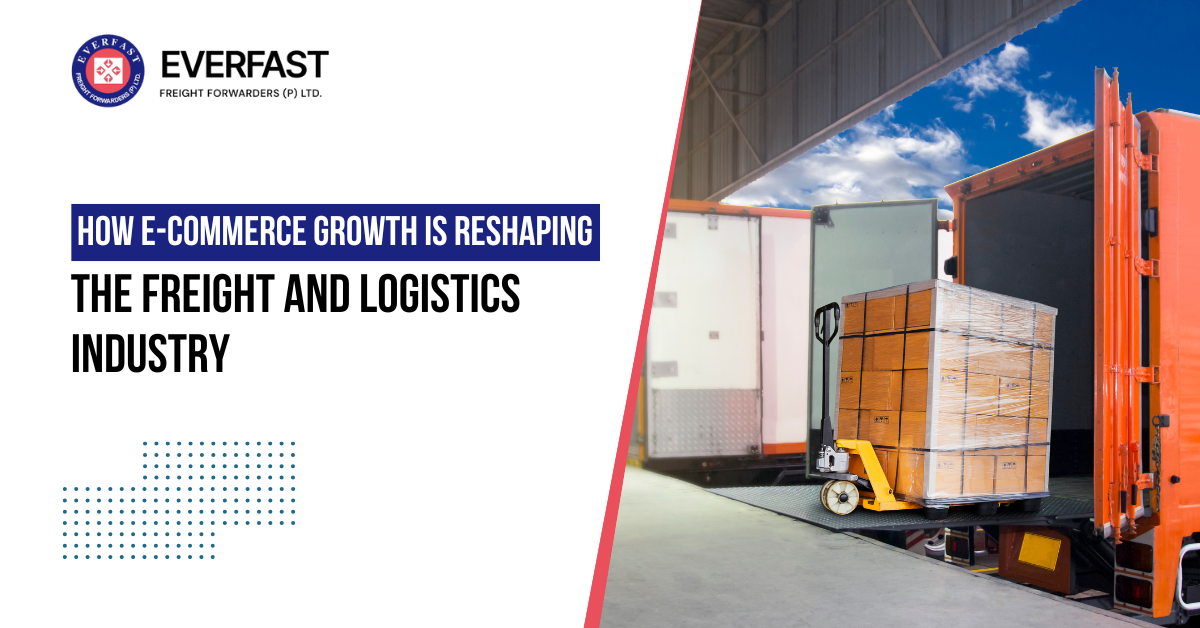
How E-commerce Growth is Reshaping the Freight and Logistics Industry
Over the past few years, e-commerce has completely changed the way we shop—and that shift has had a huge impact on how goods are moved across the country and around the world. With online shoppers expecting fast deliveries, live tracking, and easy returns, freight and logistics companies have had to evolve quickly to keep up. For companies like Everfast Freight, this changing landscape is both a challenge and an exciting opportunity to innovate.
The E-commerce Boom: Changing the Game
India’s e-commerce sector is growing at a staggering pace, and it's expected to cross $200 billion by 2026. With more people shopping online than ever before, there’s been a noticeable shift in how goods are shipped. Instead of large, bulk deliveries, businesses are now sending out smaller parcels more frequently. This means logistics companies need to be quicker, more flexible, and more responsive than traditional systems allowed.
Speed is the New Standard
Let’s face it—waiting days for a package to arrive is no longer acceptable for most consumers. Same-day or next-day delivery has become the new normal. To make that possible, freight providers are investing in things like smart route planning, regional distribution centers, and agile delivery models. Especially in cities, the pressure is on to cut down delivery times without cutting corners.
The Critical Role of Last-Mile Delivery
That last leg of a delivery—getting the package from a warehouse to the customer’s doorstep—is where things often get tricky. It’s also where customer satisfaction is won or lost. Freight companies are now focusing heavily on last-mile efficiency, using tools like GPS tracking and working with hyperlocal partners to make sure deliveries arrive on time and without hassle.
Technology is Driving the Change
Behind the scenes, it’s technology that’s making all this possible. Tools like real-time tracking, automated warehouses, and predictive analytics are helping logistics providers make smarter decisions. For instance, by analyzing shopping trends, companies can gear up in advance for peak seasons—avoiding delays and reducing costs.
Managing Returns and Building Flexibility
E-commerce has also brought a rise in product returns, which adds a whole new layer to the logistics puzzle. Freight providers now have to handle returns just as efficiently as deliveries. At the same time, supply chains are becoming more flexible so businesses can adapt quickly to changing demand, disruptions, or new market trends.
Turning Change Into Opportunity
The rapid pace of e-commerce growth might feel overwhelming, but it’s also opening up incredible opportunities. Freight companies that are willing to adapt, collaborate, and invest in the right infrastructure are the ones that will thrive in this new environment.
Conclusion
E-commerce hasn’t just changed how people shop—it’s redefined how the logistics industry works. At Everfast Freight, we see this as a chance to grow and lead. By staying nimble, tech-forward, and customer-focused, we’re helping businesses keep their promises—and get their products where they need to go, faster and smarter.
